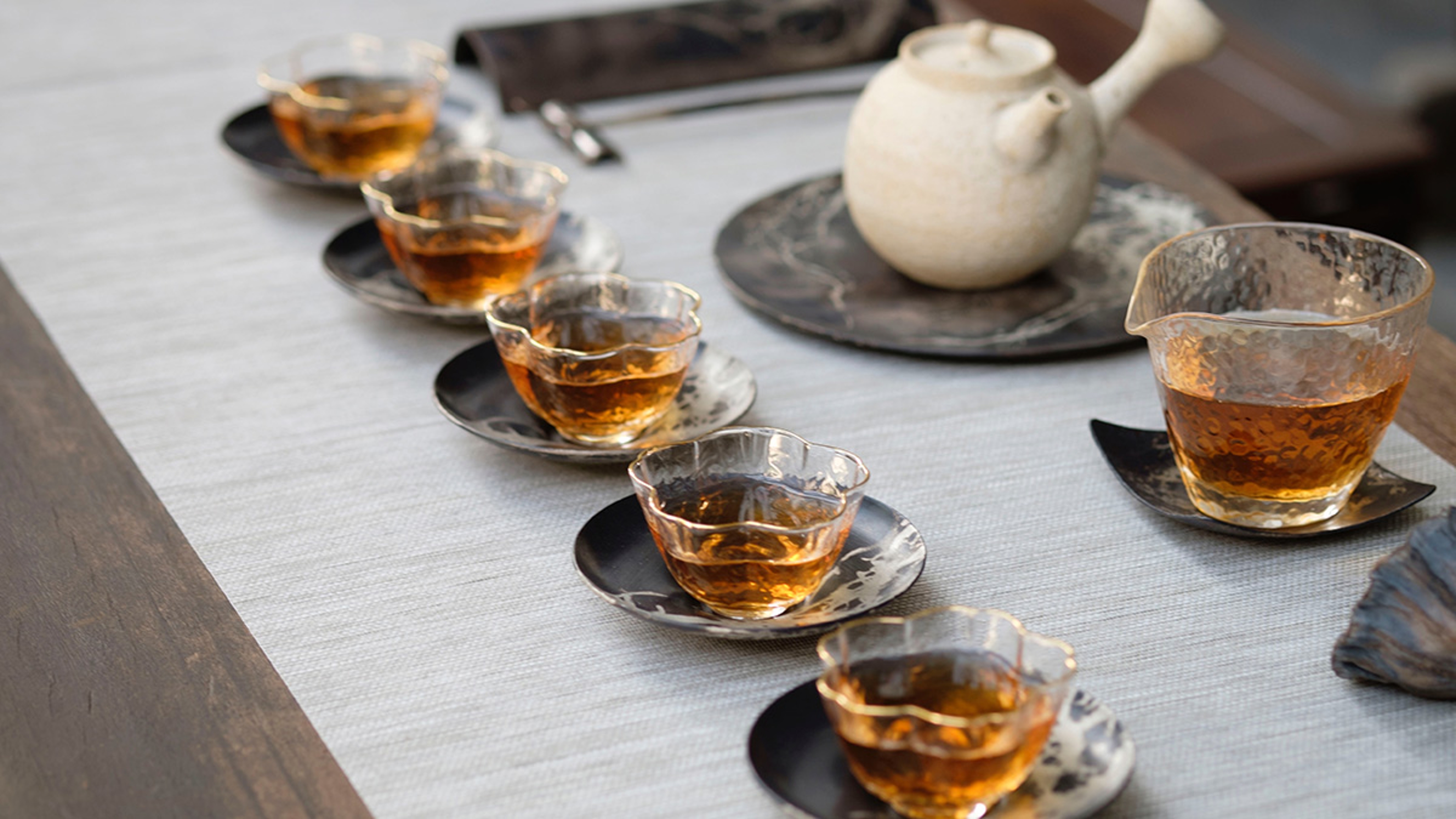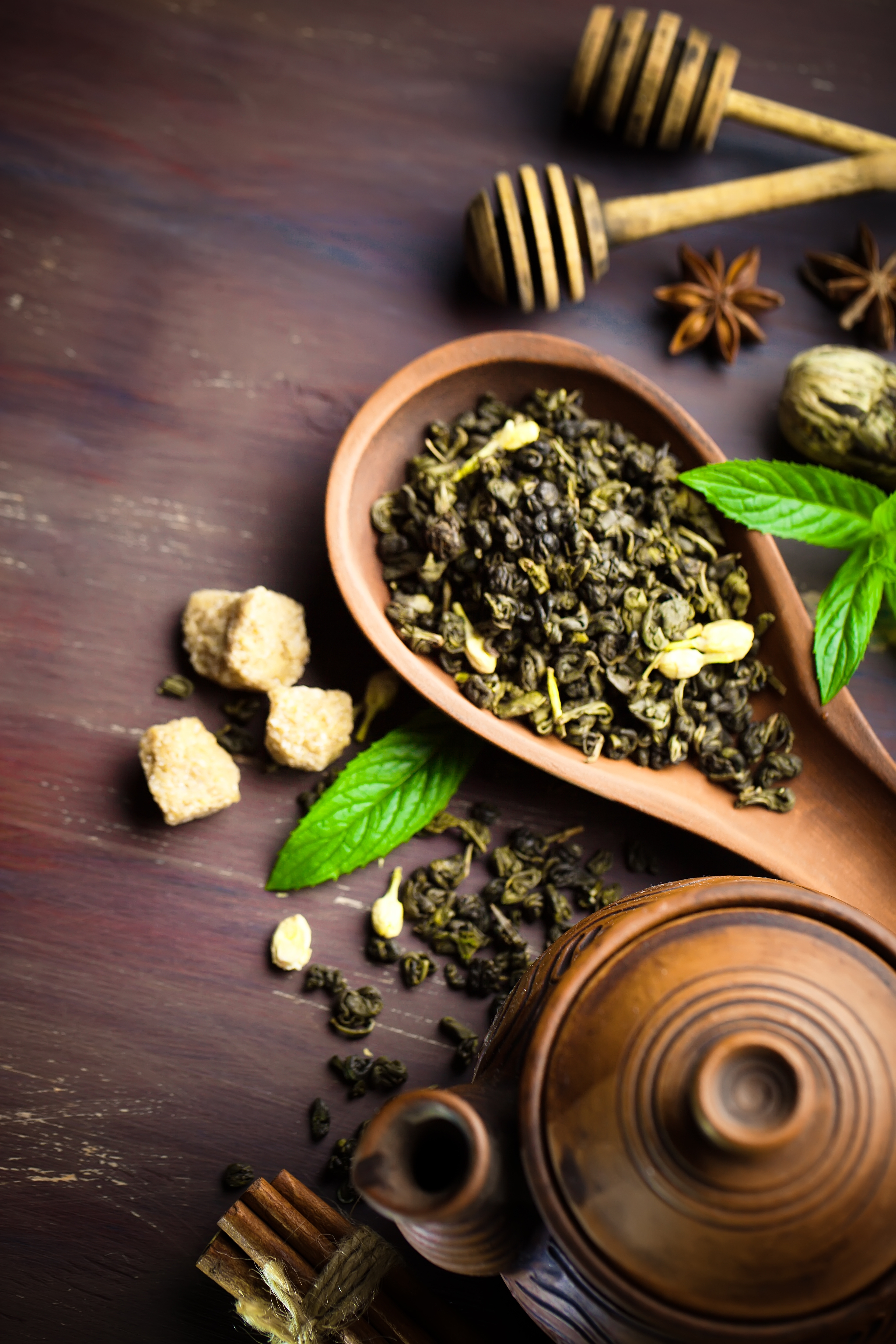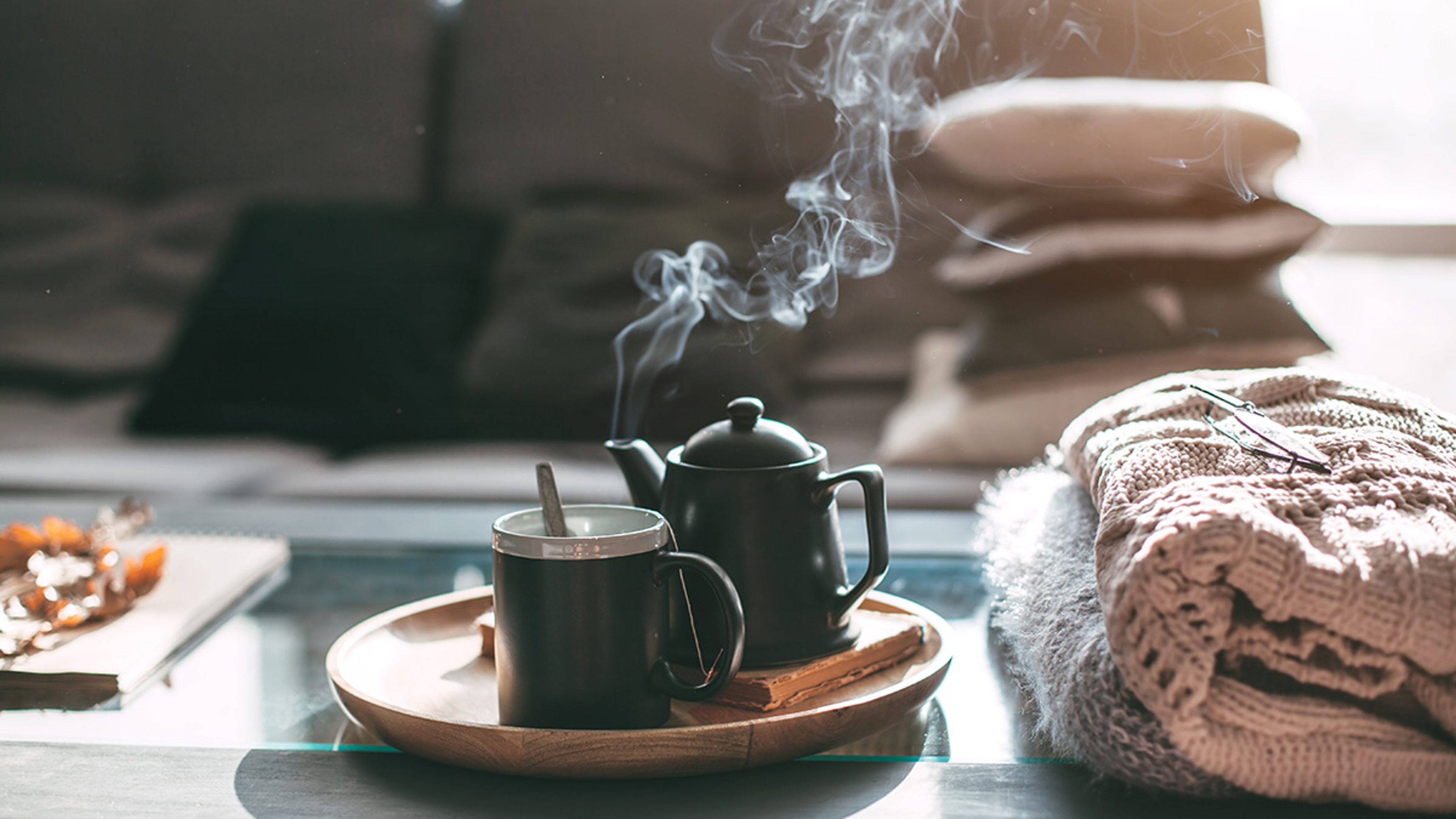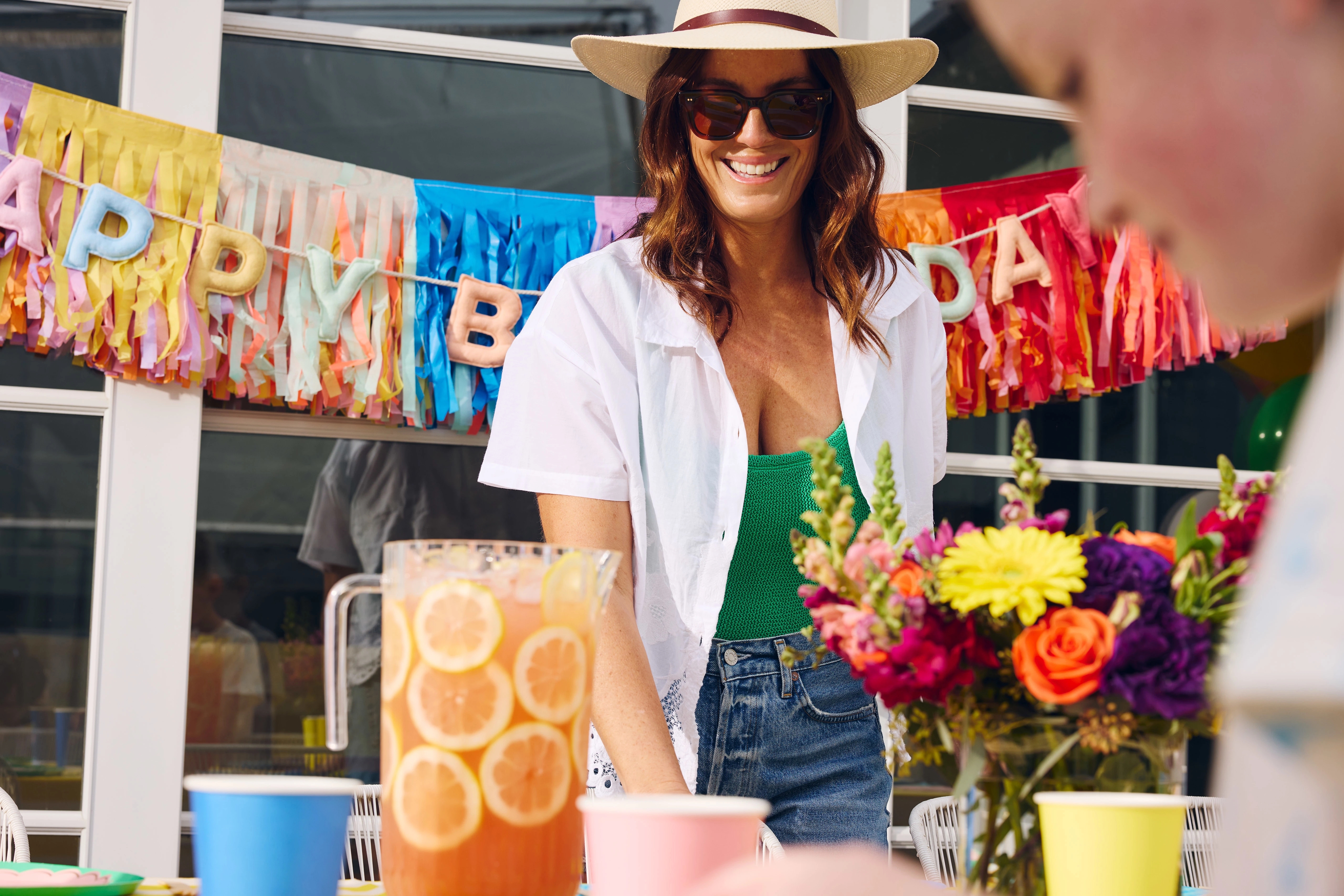The Art of Making a Cup of Tea
Whether you fancy a bag or sachet of loose leaves, here's how to make that perfect cup.
Apr 02, 2025
Boil some water, pour it in a mug, steep a tea bag for a few minutes, and you have yourself a cup of tea. It's that simple, right?
Not according to Tony Gebely, a tea expert and author of Tea: A User's Guide. Gebely says that tea has much more depth than a lot of other drinks.
“The diversity of tastes that come from processing tea leaves in different ways or growing tea plants in different places eclipses the diversity of coffee, or even wine," he says.

People have been drinking this delicious beverage for millennia. The first cup of tea was accidentally created in China when, according to lore, an emperor was sitting under a Camellia sinensis (aka tea) bush while his servant boiled water. Before long, some leaves from the bush dropped into the cup, and the rest is history.
Today, China is the largest tea producer in the world, followed by India, Kenya, Sri Lanka, and Turkey. The latter is the largest tea-consuming country.
How to make a cup of tea
For starters, slow down and enjoy the process, Gebely advises. He also says that brewing a cup of tea in the quiet of the morning is sure to prompt a feeling of peace and serenity — no matter which tea you select, or whether it's loose leaf or ground up in a tea bag.
“Snobbery has no place in tea, so if a tea bag floats your boat, that's fine," he says.
If you want to ramp up your tea-drinking experience, Gebely recommends using a full-leaf tea — made up of whole, unbroken leaves versus tea in a tea bag that's often ground up — and steeping it multiple times in boiling water to enhance the flavor. The amount of steeps is also a personal preference.
“I use a high concentration of leaf to water (anything over a half tablespoon of tea for each 1 1/2 ounces of water) and steep it multiple times," Gebely says.
“When you use a full leaf and steep it multiple times, you'll get a different experience each time."

Each of the countries mentioned above has its own way of drinking tea. If you prefer to drink your tea the British way, dip any tea bag of your choosing into boiling water and prepare to accessorize.
“When the British make tea, they get as much as they can out of the tea bag by steeping it for a long time and then add milk," he says.
That's a tasty way to savor your tea — adding lemon, sugar, or honey is a treat, too — but Gebely says the higher the tea leaf quality, the fewer sweeteners you will need.
“If you steep a really nice green, oolong, or black leaf, it's not going to require the addition of anything," he says. “You can get sweetness out of a high-quality oolong leaf, and this blows people's minds, especially the ones who are used to making a strong brisk black brew and adding milk, sugar, honey, or lemon.
"When you show people how to prepare a high-quality leaf and they realize it has a quality of sweetness on its own, their heads explode. It's an exciting teachable moment in tea."
What's the deal with boiling water?
"There is a lot of information out there about boiling water," Gebely says. "Some even say you can 'over boil' water and remove all the dissolved oxygen resulting in a bad brew — this is all hogwash. The 'waiting one minute after boiling' bit could be to bring the temperature down to a more appropriate temperature for steeping."
In reality, certain teas infuse better at different temperatures, Gebely says. "For example, a fresh green tea benefits from water well under boiling, around 175 to 185° F. Using water that is hotter can result in an astringent infusion depending on the tea used."
Learn your leaves
When you taste-test the four most popular tea types (black, white, green, and oolong), you'll quickly realize that they're worlds apart in taste. Read on for their flavor profiles and health benefits:

Black Tea
Flavor profile: Dark, malty, bold, nutty
What it is: Made from the leaves of the Camellia sinensis bush, black tea leaves are oxidized, turning them dark brown-black.
Benefits: Possible anticancer benefits, aids gut health, improves energy, boosts metabolism
White tea
Flavor profile: Floral, honey, melon, vanilla
What it is: White tea (aka Silver Needle or White Peony) leaves are young and minimally processed.
Benefits: More antioxidants than green tea, boosts immune system and heart
Green tea
Flavor profile: Grassy, fresh, earthy
What it is: Also made from the Camellia sinensis leaves, green tea isn’t oxidized.
Benefits: Improves blood flow, lowers cholesterol
Oolong tea
Flavor profile: Floral, smoky, smooth
What it is: Oolong is also made from the Camellia sinensis plant, but it is half fermented and roasted, and lightly oxidized to give it a flavor between black tea and green tea.
Benefits: Boosts metabolism and energy, helps with heart health.
.svg?q=70&width=384&auto=webp)








